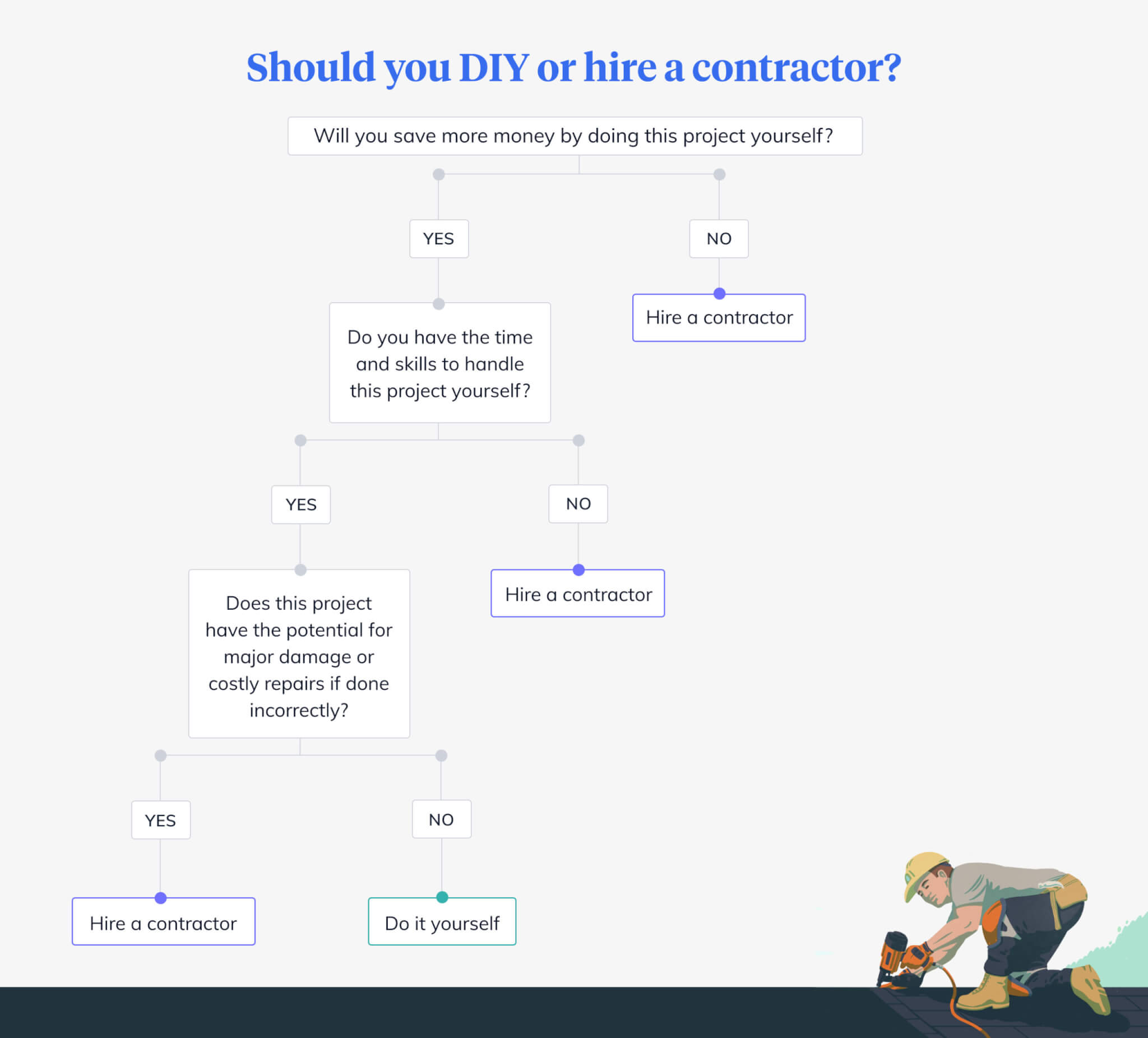Imagine your new kitchen. Or second bathroom. Or outdoor patio. Dreaming is the easy (and fun) part. But for many homeowners, figuring out how to fund that project can delay the start date.
Home renovations are on the rise across the U.S.—as is spending. More than 20 percent of homeowners said in a recent Hometap survey that renovating is among their goals for the coming year.
While the home renovation of your dreams may take a significant chunk of change, you can turn it into reality by following these five creative ways to build your cash flow.
See where renovations fit in among other financial goals for homeowners in 2022 in our free Homeowner Report.
1. Dedicate Savings to a Separate Account
A penny saved is a penny toward your basement makeover. Open a savings account and build toward your budget by setting a monthly goal.
Sources of savings are often in plain sight.
- Allocate some of your paycheck across several weeks or months.
- Cut back on the extras in your cable package or remove a streaming subscription.
- Forgo your gym membership for outdoor or at-home exercises.
- Slash spending on dining out by making your cup of coffee and lunch at home.
2. Add a Short-Term Income Stream
Make the most of the gig economy’s flexibility to increase your income and, therefore, ability to save. Fast and easy side hustles are a great way to accelerate savings, according to Zillow. Gigs like dog walking, housesitting, and selling homemade crafts or baked goods are always in demand.
No time? Use your assets instead. Rent a room in your home or lease an extra parking space.
3. Secure a Home Improvement Loan
If you don’t have enough home equity to take out a home equity loan, a personal loan may prove a fruitful alternative.
Depending on your circumstances, there are upsides and downsides to a personal loan. According to The Simple Dollar, these loans work well for homeowners with a small project that they’d like to pay off at a fixed rate over a set time period.
The simplicity of these loans is appealing. But be forewarned that you may pay more interest compared to a home equity loan, and many personal loans cap the amount you can borrow.
4. Opt to Relocate Over Renovating
Weigh the risks and rewards of your renovation. Sometimes renovating costs more than relocating to a home better suited to your short- and long-term needs.
Take the time to carefully price out a renovation while measuring your home’s current value. You may discover selling your home is more profitable (and affordable).
Relocating to another home may also lower your housing costs, taxes, and even your commute to work. With money in the bank from your sale, you could find yourself in a more comfortable place, physically and financially.
Read Should You Renovate or Relocate?
5. Tap Into Your Home’s Equity
If you’ve built up sizable equity in your home, borrowing on it or sharing it may prove great options for fast cash. A home equity line of credit (HELOC) or home equity loan are two ways to borrow cash against your home as collateral.
Know the details before you apply. Good credit will help you avoid a higher interest rate. Ensure you can make the monthly payments so you don’t fall into a mound of debt while financing your renovation.
If your credit is less than stellar or you’re not prepared for monthly payments, equity sharing products like Hometap are worth exploring. Equity sharing is akin to having an additional investor in your home’s future value. Instead of taking out a loan, you get paid upfront for the equity you’ve accrued in your home.
Don’t let sticker shock defer your dream of a home renovation. With smart planning and budgeting, you can beautifully and affordably redo your house—on your terms. Fund your next home renovation project without monthly payments or interest.
Take our 5-minute quiz to see if a home equity investment is a good fit for you.
YOU SHOULD KNOW…
We do our best to make sure that the information in this post is as accurate as possible as of the date it is published, but things change quickly sometimes. Hometap does not endorse or monitor any linked websites. Individual situations differ, so consult your own finance, tax or legal professional to determine what makes sense for you.













